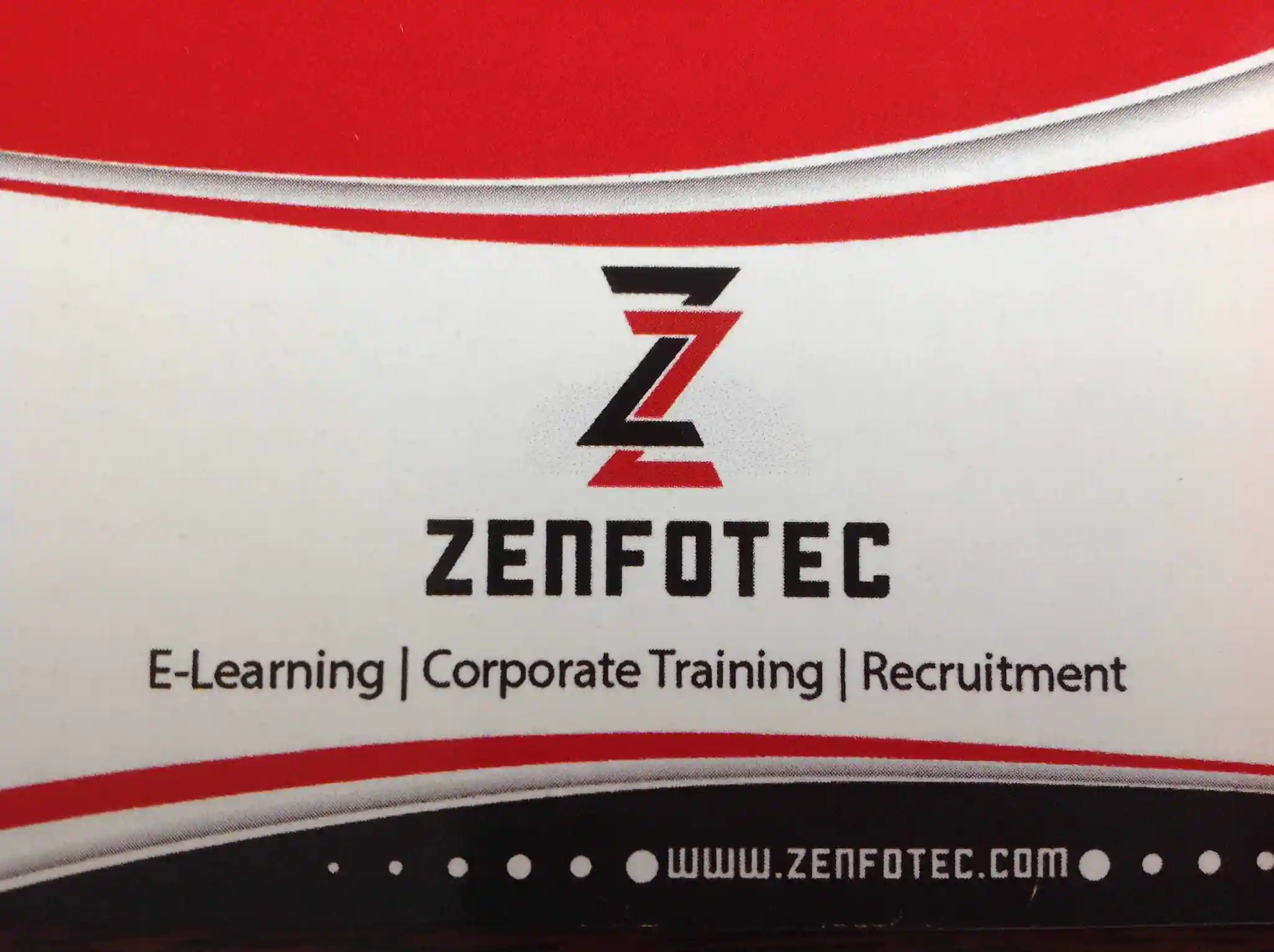Oracle DBA free videos and free material uploaded by Zenfotec Solutions Training Institute staff .
Oracle DBA 10g & 11g
Prerequisites
Unix/Linux, SQL (FREE)
Oracle DBA
Oracle database Overview,
Introduction to DBA, DBA Responsibilities.
Oracle Architecture
Understanding Oracle Architectural
components, Instance, Database, Logical Structures and User & Server
Processes.
Managing an Oracle Instance
Database Admin Tools, Database Administration users.
Authentication Methods for DBAs.
Understanding Data
Dictionary Contents, Initialization Parameter files, Understanding Options of
Startup & Shutdown Monitoring Alert Log files, Background trace files and
User Trace files.
Oracle Installation and Database Creation
Installation of 10g, 11g on Linux
De-installing Oracle
Oracle Database Creation using
DBCA (Database Configuration Assistant)
Creating the Database Manually
Enterprise Manager Configurations
Deleting Database
Changing DBID, changing Database
Name
Installing client software
Tablespace Management
Managing Tablespaces &
Datafiles
Managing Tablespaces, Datafiles,
Understanding Dictionary & Locally Managed Tablespaces,Temporary
Tablespaces, Big File Tablespaces.
Configuring OMF for tablespace
creation.
Altering Tablespace status.
Storage Structures
Using appropriate Storage
settings, Types of segments.
Automatic segment space
management, Extents and Blocks
Creating & Maintaining
Indexes, Rebuilding Indexes.
Managing Undo Data
Understanding undo segments,
Automatic undo management, Retention policy, Switching Undo tablespaces and
Flashback queries.
Managing Controlfiles & Redo
Log Files
Managing Controlfiles,
Multiplexing & Recreating Control Files. Understanding Redo Log files,
Adding and Dropping Redo Log groups and members.
User Management
Managing Users
Tablespace quota
Managing Resources with profiles
Managing Privileges & Roles
Networking Overview
Understanding client/server,
Oracle net Architecture & key components, Oracle net services server side
configuration, Configuring the Listener, Understanding Static & Dynamic
service registrations, Listener control utility, Oracle client software
installations Oracle net services client side configurations, Dedicated &
Shared servers, Configuring Shared servers & Dispatchers Creating DB Links,
Materialized views.
Backup and Recovery Overview
Backup & Recovery issues,
categories of failures, Backup & Recovery strategies
Instance & Media Recovery
Structures
Understanding Background
processes, Memory structures and Files related to recovery, Phases for instance
recovery.
Database Utilities (Data Migration
or Logical Backups) Using Export & Import, Using Data Pump, Using SQL
Loader
Configuring Archive Log mode
Configuring the Database Archive
Log mode, changing the Archive mode, Enabling Automatic Archiving, Manually
Archiving Redo Log files.
Configuring Flashback Database
Understanding Flashback Database,
Configuring Flashback Database and Recovery using Flashback Database.
Data Guard Setup
Expdp & Impdp of tables,
schemas and full database and also using network link
Transportable tablespaces
Exports & Imports
Export & Import tables,
schemas and full databases
RMAN (Recovery Manager) Overview & Configuration
Understanding RMAN, Features &
Components, Repository, Configuring the environment, Maintenance commands.
Backup & Recovery Using RMAN
Backups using RMAN, Differential
Incremental & Cumulative Incremental backups, compressed backups. Complete
& Incomplete Recovery using RMAN. Recovery Scenarios
Recovery Catalog Creation &
Maintenance
Advantages of using Recovery
Catalog, Creating & Managing the Recovery Catalog.
User Managed Backup & Recovery
User managed Closed & Open
Database (Cold & Hot) backups, Complete & Incomplete Recovery. Recovery
Scenarios
Database Cloning
Cloning Using Cold Backup Cloning
Using Hot Backup Advanced Cloning Techniques
Recover datafile, tablespace and
block corruption using RMAN.
Differences between 10G & 11G
RMAN features.
ASM
Configuring ASM (ASM libs and raw
devices)
Creating ASM Instance using DBCA
Creating ASM Instance Manually
Creating Database on ASM diskgroup
Managing ASM Disk Groups
Migrating Database to ASM using
RMAN
Transportable Tablespaces
Transporting Tablespaces
Transporting Tablespace across platforms (Migration between cross platforms)
Performance Tuning
Gather Optimizer statistics View
performance metrics Manage the automatic workload repository (AWR) Using ADDM
(Automatic Database Diagnostic Monitor) Set warning and critical alert
thresholds. Using TKPROF, SQL trace, Explain Plan SQL tuning adviser, ASMM,
Memory adviser Row Migration and row chaining Global temporary tables, External
tables OS Tuning.
Implementing Dataguard (stand by)
Understanding Physical and Logical
standby Implementing physical and logical standby switch over, fail over
Patching and upgrading Data Guard
Oracle 11g course is the latest and most refined Oracle database. It permits high-speed transactions, sophisticated applications and higher business selections. These capabilities offer users the practicality to make high-quality and economical info applications.In most relative databases, information is accessed through SQL, or Structured query language, and Oracle is not any exception. PL/SQL is that the procedural language extension to SQL. PL/SQL could be a programming language like C, Java or Pascal. Within the Oracle world, there are no higher thanks to access your information from within a program. SQL are often natively embedded in PL/SQL programs.

- 0 Reviews
- 0 Students
- 22 Courses

Write a public review